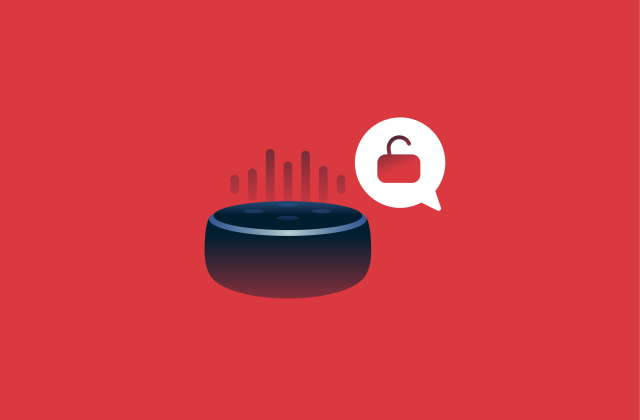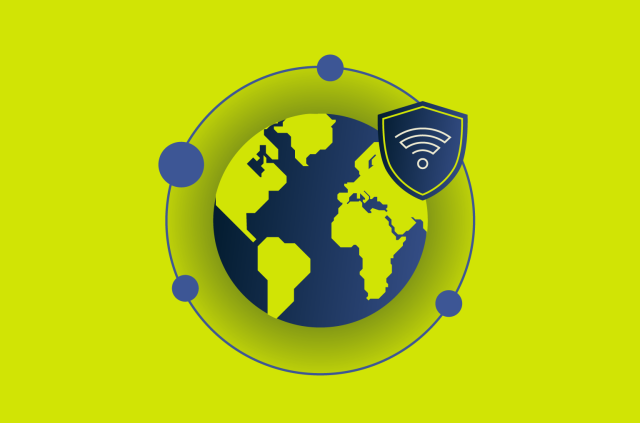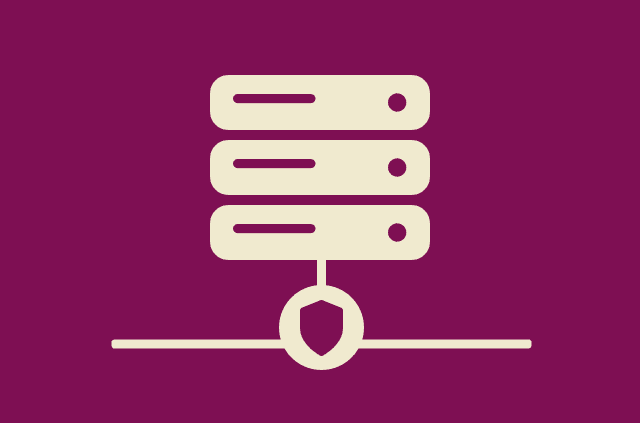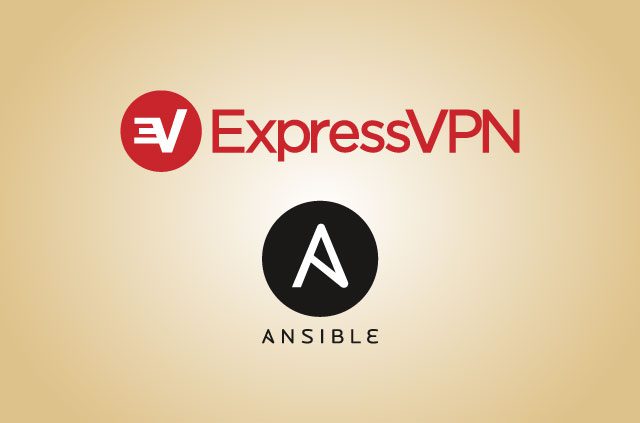
When it comes to choosing a VPN company, there are many things you'll want to take into account, such as do they provide good speeds? Do they have apps for all my devices? And are they well known and trusted?
One question that gets asked a lot is "How many servers do they have?". This makes sense because, after all, a successful VPN company should have lots of servers. And the more servers they have, the better the speed, right? As it turns out, probably not.
Servers are not one-size-fits-all
Servers come in all shapes and sizes. Some are designed for running high-performance applications such as databases, while others for serving web content. And, of course, some are destined to be VPN servers.
Servers are as varied as the workloads they need to handle, and this is a good thing. It means you get just the right amount of performance that you need—without wasting resources. To cater to this, manufacturers offer a wide range of processors, memory, and storage options that allow the savvy buyer to get exactly what they need.
Server options change based on location and change over time as technology matures and new products are released. When counting servers, clearly a five-year-old budget server is not equivalent to a brand new state of the art server, but they get counted together.
Another way to look at this is to compare servers to cars. Sure, you can get to work just as easily in a 20-year-old Ford as you could in a brand new Ferrari. But few people would argue that those two cars are equivalent (especially your bank manager).
When someone tells you they own half a dozen cars, you probably imagine a driveway with shiny new cars on it. That's very reasonable because who is going to brag about having six rust buckets with four of them up on bricks? The type of car is important with this sort of boast, and so it is with servers. Just how many of those servers are Fords and how many are Ferraris?
When it comes to servers, new doesn’t always mean better
The car analogy is not perfect for servers, however, as it's perfectly possible for an older server to run rings around a new one for a particular use case. In fact, often older servers are much better for VPN servers as they tend to offer more cores, or possibly even multiple CPUs—something relatively rare on modern offerings.
It's also really important to take into account what the server is doing. Most people would choose to have the aforementioned Ferrari over a bus. But a bus does have one huge advantage—it can seat far more people. If your goal is to move people en masse as quickly and efficiently as possible, the bus would be a far better choice than the car.
For this reason, even if a company has a thousand brand new shiny servers, it doesn't necessarily mean they can do the same work as 500 trusted old servers. They might be able to, but unless they've been benchmarked properly, there's just no way to know.
But there is still a far more compelling reason why server counts are of limited value when considering a VPN provider. Bandwidth.
It’s not what you’ve got, it’s how you use it
VPN providers act as delivery men. We pass information back and forth between you and the internet.
This takes a fair amount of effort, so decent servers are of course a must, but a decent server can’t do a good job if it doesn't have a decent internet connection. And this is where the server count argument really falls down.
Most servers today are sold with good connectivity, and will usually ship with 1Gb/s connections. For the sake of argument, let's say we buy 40 servers and put them in a rack. These servers need connectivity, so we need to put a switch at the top of the rack. Each 1Gb/s server connects to this switch, which, in turn, connects to the internet to send and receive traffic.
Now, to get the best out of each server, we need a 40Gb/s uplink to our ISP. That's super expensive, and so most places don't do that. However, it’s known that most people don't use all of their bandwidth all of the time, and so it might be sufficient to use a 10Gb/s uplink. Right away, those servers have lost 75% of their theoretical throughput.
Time for another analogy.
At any big arena, you will find large amounts of parking space. And when there's a big game or event, they are packed solid. But what happens when the game or event is over?
Everyone rushes to their cars and tries to leave as fast as possible. And the resulting traffic jam means many people will be sat waiting to get out. Even though each car is capable of impressive speed, if the roads don't support it, you’re probably better off walking.
It’s the same with servers, you might have the best servers, but if they don't have good uplinks, you're not going to be able to get anywhere near top performance.
Where you are is as important as what you’ve got
Different carriers have different agreements with providers, which means that not all bandwidth is equal either. Some may be great for transit within the US, but terrible for international traffic to Asia. And some are great for Asia but don't have good transit links to Europe. If you are mostly serving people in the US, then international bandwidth is not much of a concern for you. But if you want to move data between the US and Asia, well, you'll need to find something more appropriate.
Another way to imagine this is with toll roads. Often toll roads will leave a main road, then rejoin it some distance further on. Because they're toll roads, most people prefer to use the main road and avoid the toll charge. But those who can't afford to wait in traffic might be willing to pay to use the toll road to jump the queue.
It’s the same story with transit providers, and finding the right one for your needs is paramount. Even if your servers are perfect and you have good links in the data center, if the data center is connected to your preferred location by a rickety wooden bridge, it's going to be slow. No matter what you do.
Conclusion
Hopefully, this little post has shed some light on why looking at server counts alone isn't a good indicator of the service you're likely to get from a provider.
It's entirely possible to use fewer, properly set up and managed, servers to get superior performance. Even basic commodity servers today can easily handle the role of a basic VPN server, but what is more important is what that server is connected to.
If a server has good uplinks and good connectivity, you will fare rather well. But these aspects are often overlooked in the rush to buy as many servers as possible, without realizing that a data center or provider might not be able to give them the connectivity they need.
Read more: ExpressVPN jointly launches industry principles to boost consumer trust
Take the first step to protect yourself online. Try ExpressVPN risk-free.
Get ExpressVPN


















Comments
Very informative ....keep sharing such stuff
assaaw
I can understand that servers are not all equal, but having just one server in my country doesn't look that good. Also, this only one server is located in a small city very far from my home, so that I think more convenient to connect to a foreign server which is closer to me actually. But this creates evident issues with the nationality of my apparent IP. I have to admit that I'm a little annoyed by this lack of servers in my country.
They don’t just have ONE server for your location. That server location itself has dozens of IPs or servers for that one location you’re connecting to.